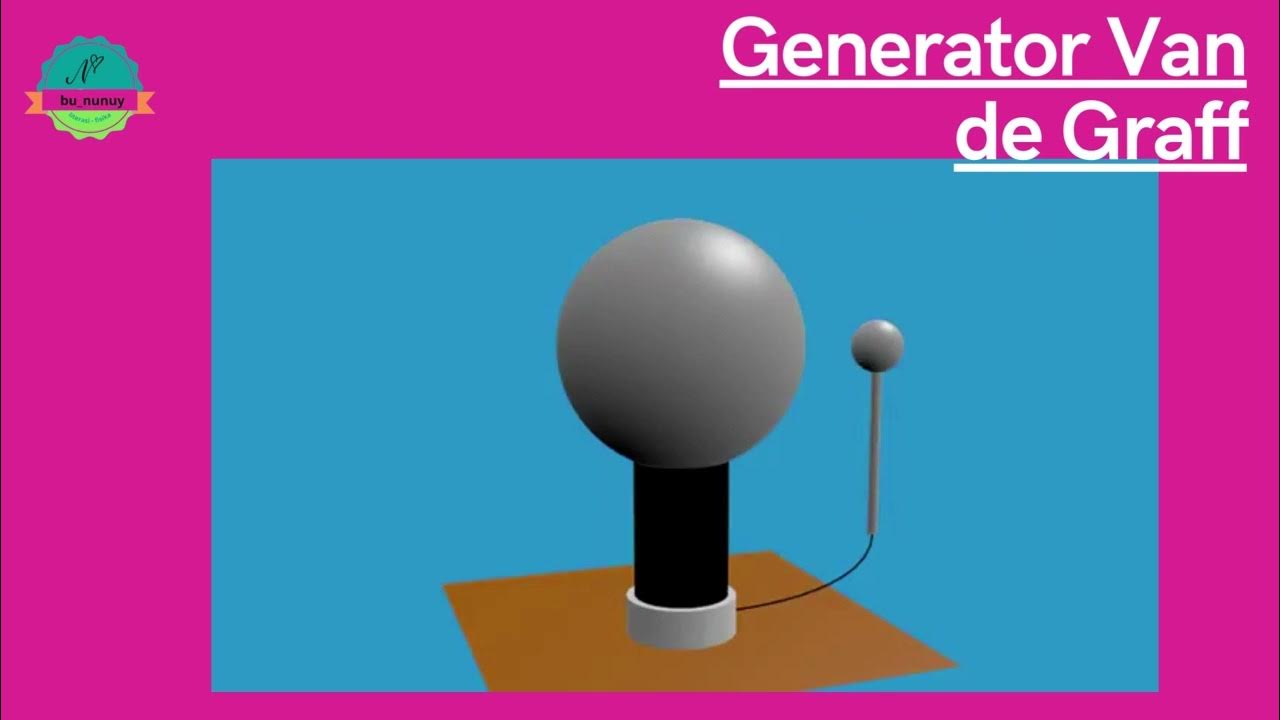Current Electricity | Types of Electricity | Electrical Current Video
Summary
TLDRThis educational video script introduces the concepts of static and current electricity. It explains that static electricity is created by friction, while current electricity involves the flow of electric charge through a conductor, measured in amperes. The script compares electrical current to a river's flow and highlights that it can cause conductor heating. It also discusses various sources of electrical current, including batteries and generators, and differentiates between direct current (DC), used in low voltage applications, and alternating current (AC), which powers household appliances and can reverse electron flow.
Takeaways
- 🔋 Static electricity is produced by friction between objects.
- ⚡ Electrical current is the flow of electric charge, measured in amperes.
- 🚧 Electrical current requires a conductor, like copper wire, to flow.
- 💡 The flow of current can cause heating in conductors, such as in an electric stove.
- 🌊 Current is analogous to the flow of a river, with speed representing the rate of current.
- 🔌 There are various sources of electrical current, including chemical reactions in batteries and generators.
- 🏭 Large power plants use electromagnets and copper coils to generate significant electrical current.
- 🔌 Direct current (DC) is steady and comes from sources like batteries, used in low voltage applications.
- 🔌 Alternating current (AC) is the type of current used in household outlets and can reverse electron flow.
- 🔄 The key difference between DC and AC is that DC maintains a constant flow, while AC alternates.
Q & A
What are the two main types of electricity mentioned in the script?
-The two main types of electricity mentioned are static electricity and current electricity.
How is static electricity produced?
-Static electricity is produced by rubbing together two or more objects and creating friction.
What is the flow of electric charge across an electrical field called?
-The flow of electric charge across an electrical field is called electrical current.
What is the unit of measurement for electrical current?
-Electrical current is measured in amperes.
What is the role of a conductor in the flow of electrical current?
-A conductor, usually a copper wire, allows the flow of electrical current by providing a path for the electrons to move.
How is electrical current similar to the flow of a river?
-Electrical current is similar to the flow of a river in that both move from one point to another, and the speed of this movement is referred to as the current's speed.
What is one result of electrical current flowing through a conductor?
-One result of electrical current flowing through a conductor is the heating of the conductor, as seen when an electric stove heats up due to the flow of current.
What are the different sources of electrical current discussed in the script?
-The script discusses chemical reactions in a battery and generators as sources of electrical current.
How does a simple generator produce electricity?
-A simple generator produces electricity when a coil of copper turns inside a magnetic field.
What are the two main kinds of electric current, and what are their differences?
-The two main kinds of electric current are direct current (DC) and alternating current (AC). DC is a steady flow of energy, while AC can turn on and off, reversing the direction of electron flow.
What is the primary use of direct current (DC) mentioned in the script?
-Direct current (DC) is primarily used in low voltage applications such as aircraft, charging batteries, and other industries.
How is alternating current (AC) different from direct current (DC) in terms of energy flow?
-Alternating current (AC) is different from direct current (DC) in that AC reverses the direction of electron flow, allowing it to turn on and off, while DC maintains a constant flow of energy.
Outlines

This section is available to paid users only. Please upgrade to access this part.
Upgrade NowMindmap

This section is available to paid users only. Please upgrade to access this part.
Upgrade NowKeywords

This section is available to paid users only. Please upgrade to access this part.
Upgrade NowHighlights

This section is available to paid users only. Please upgrade to access this part.
Upgrade NowTranscripts

This section is available to paid users only. Please upgrade to access this part.
Upgrade NowBrowse More Related Video
5.0 / 5 (0 votes)





